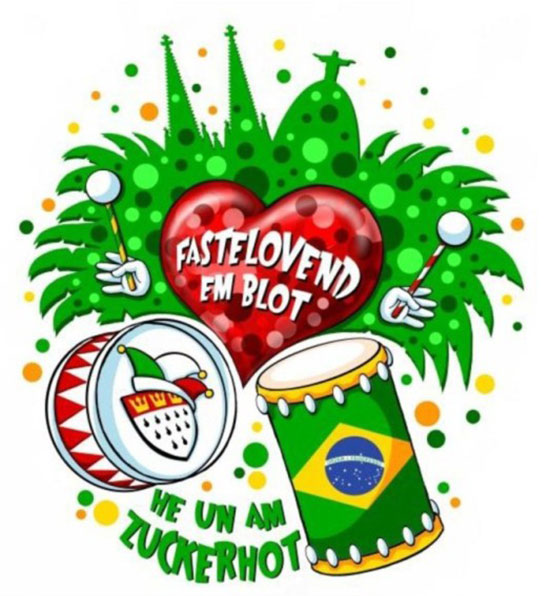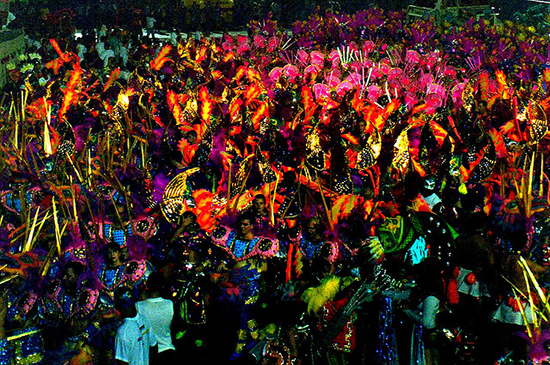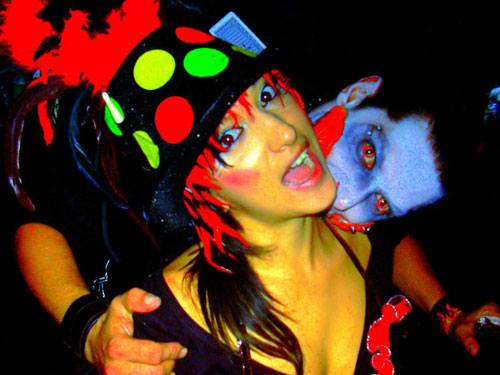Carnival, or Mardi Gras, is celebrated in a huge variety of ways around the world. Each autonomous community of Spain celebrates in its own unique way, and as the big festival approaches once again, we turn to a very different sort of Carnival celebration in Catalunya. Let’s have a look at three towns where carnival is an adventure to experience.

Vilanova i la Geltrú
This little city lies just south of Barcelona, and its Carnival celebration is deeply rooted in ancient tradition. The city comes out en masse to celebrate, and if you can make it to Vilanova i la Geltrú, it’ll be an unforgettable experience.
What makes Carnival in Vilanova i la Geltrú so unique? Here, Carnival is celebrated with candies. Food fights erupt seemingly spontaneously, and quickly turn sticky as revelers throw mountains of meringues and other sweet treats. Celebrations begin on “Maundy Thursday” (Jueves Ladero), the Thursday before Lent, and carry on for several days; however, Saturday’s La Meringada (meringue wars) and street parades are definitely a highlight.
Of course, revelry starts early in Vilanova i la Geltrú. The Saturday before Maundy Thursday, a pre-carnival taster is held, accompanied by a traditional Shawl Dance. This event gets everyone in the Carnival Spirit as the celebrations get rolling.
Things are in full swing by Thursday, as the whole city celebrates and partakes of the “Xatonada”, a traditional Lenten meal consisting of salad and codfish served in a sauce of red peppers, almonds and garlic. Once the meal is over, the meringue tossing begins.
“Arribo” or Arrival begins on Friday, as the Carnival King, “Carnestoltes”, is greeted by a masked street procession. Saturday sees the arrival of Moixo Foguer, an odd human bird character, spread with honey and covered in feathers. “Mascarots”, or masked people, wander the streets and each tries to guess the identity of others without being recognized themselves.
Sunday is the most traditionally symbolic day of Carnival in Vilanova i la Geltrú. The streets of the city swell with traditional parades and multitudes of spectators. Over 70 associations participate in parades of dancing couples, with each association headed by its unique flag. Around 6,000 men, women and children take part in the closing parades, each performing the dance of their association.
Carnival de Solsona
Located in central Catalunya, the Salsona carnival has a very unusual attraction: a stuffed donkey hung at the bell tower. According to the legend, once there was a considerable amount of grass on the top of the tower and with the intention of getting rid of it, the inhabitants of the town decided to get a Donkey to the top for it to eat the grass. However since the stairway was so narrow for the animal to go up, people decided to “help” it by getting a rope round his neck and pull him up. You can just imagine the end of the story.
Since then a Stuffed donkey is one of the main protagonist of the carnival along with crazy giants, live music and street concerts that enliven the party for an entire week. The carnival starts on Maundy Thursday and ends on Ash Wednesday.
Tarragona Carnival
In Tarragona the carnival is a tradition that is directly inherited by the Romans. This is a festivity that begins on Tuesday the 5th of February and last the entire week. Elegant costumes, delicious traditional food and colorful parades are the main elements of this gorgeous festivity.
The main ritual of the carnival is the construction of a giant wooden barrel, which actually marks the beginning of the whole event that includes costume contests, parades, dances, live music and street plays to enchant you, while getting to know one of the most traditional cities in Catalunya.
Book good Barcelona apartments and enjoy the one of the most animated Catalan Carnivals: the Vilanova i la Geltrú Carnival.

 English
English

